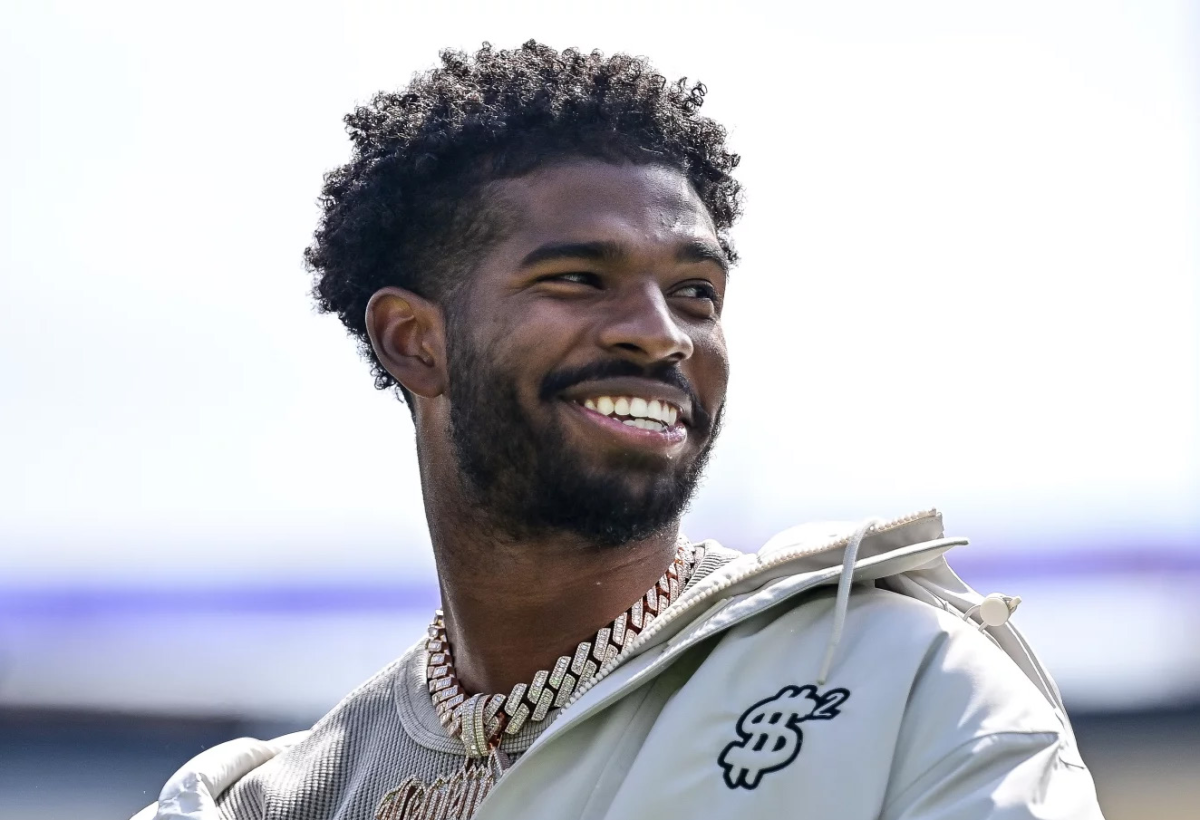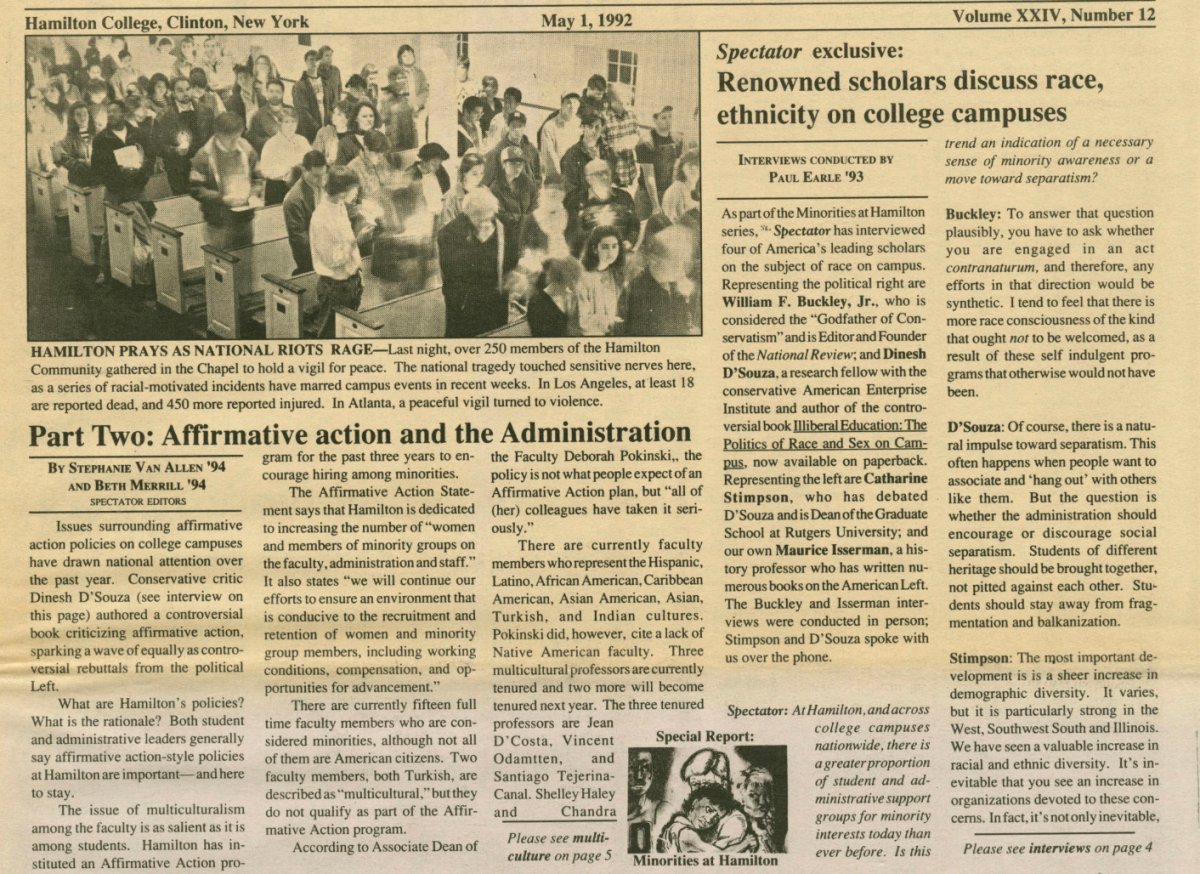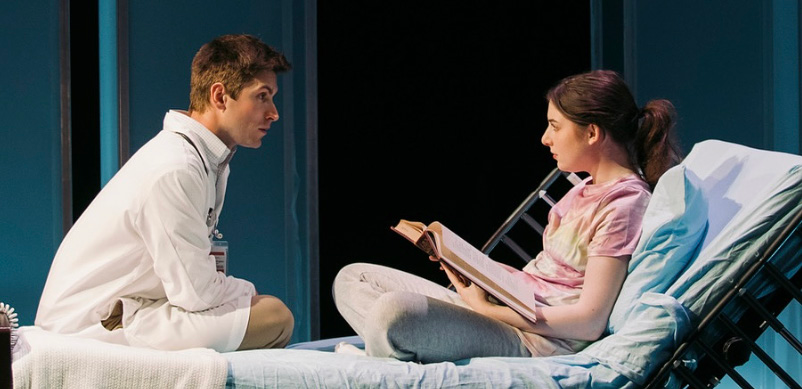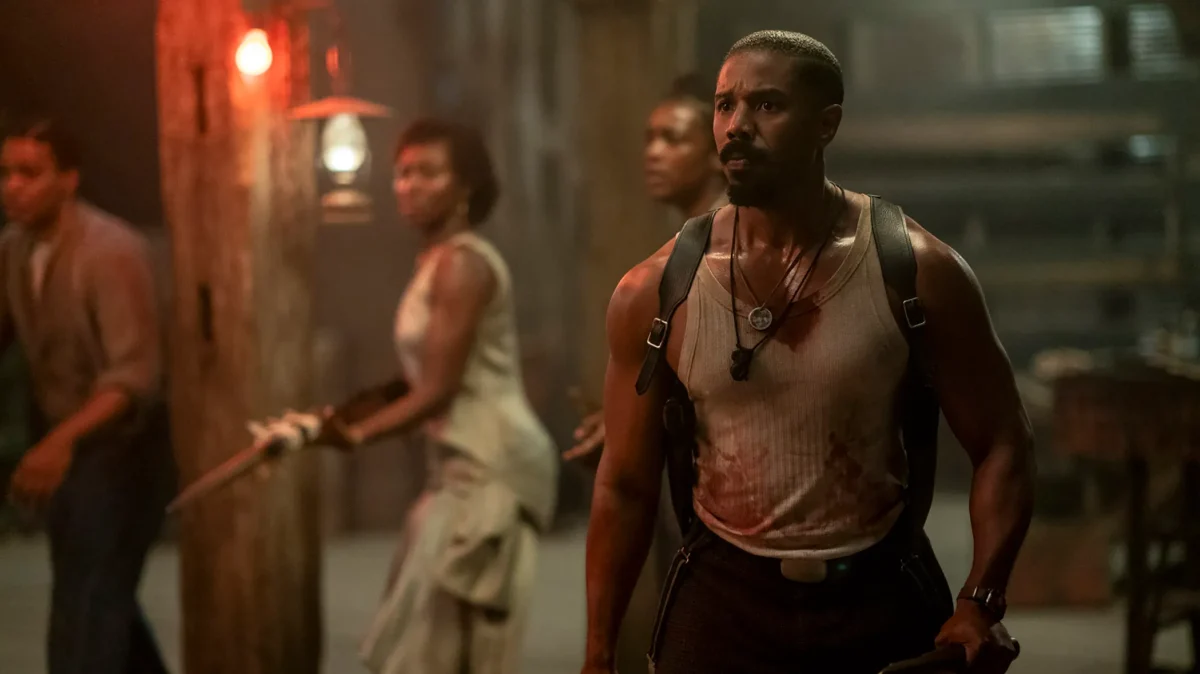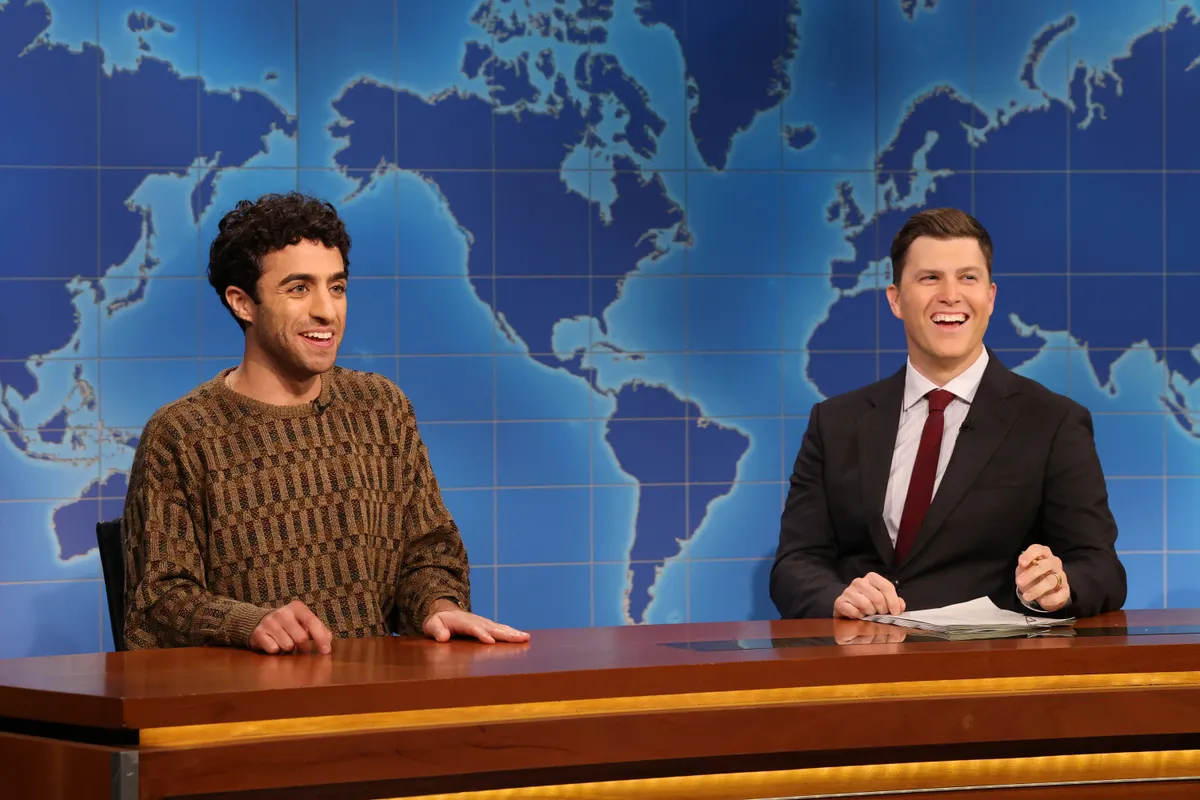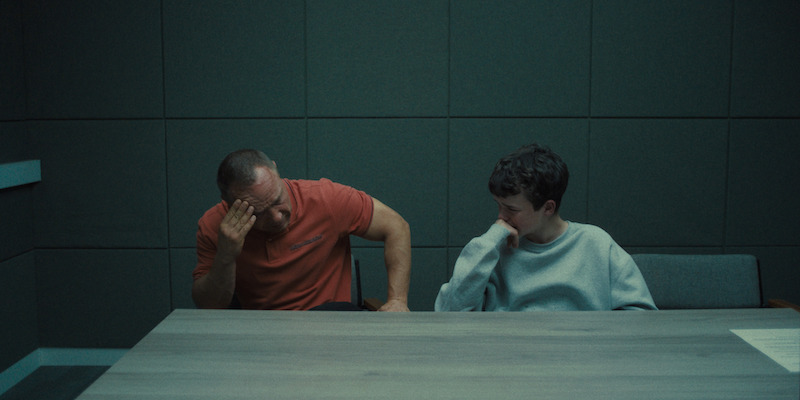
[Warning: this article contains spoilers for the film
Moonlight
].
Hamilton’s Movie Channel features a large collection of films from many genres, including drama, comedy, action, and horror. One movie, however, stuck out prominently for its potent storytelling. Take heed of critics’ reviews on this one; they lauded the film back in 2016 for good reason.
Moonlight
(2016), directed by Barry Jenkins, follows its protagonist, Chiron, on his emotional journey from boyhood to adulthood. While many know the film for winning over
La La Land
(2016) in a now-infamous Best Picture announcement fluke at the 2017 Academy Awards,
Moonlight
deserved this Oscar on the basis of its narrative structure and its powerful themes of identity, compassion, and sexuality.
The movie’s unique storytelling starts from the very first scene. The audience initially sees a character (played by Mahershala Ali, who also won an Academy Award for his role in this film) and assumes that he is the protagonist. However, as a group of boys quickly run past Ali’s character, the camera abruptly cuts to Chiron running away. This introduction foreshadows the turbulence surrounding the true protagonist’s life during the movie. Chiron’s story falls into three narrative acts — Little, Chiron, and Black. Through interaction with other characters, each act shows the beautiful and painful parts of his life. His drug-addicted mother, Paula, practically abandons Chiron for her vices, but occasionally shows him the love that Chiron desperately needs and deserves. His warm father figure, Juan, gives Chiron guidance, yet suddenly causes him pain when the movie reveals that Juan sells drugs to Paula. Kevin, the boy with whom Chiron falls in love, is no exception to
Moonlight
’s complex characters. Director Barry Jenkins makes it clear that Kevin provides a calmness to Chiron’s harrowing life. But once a homophobic school bully orders Kevin to hit Chiron, the two-stop interacting until years later. This creates an overall sense of melancholy over Chiron’s already fraught adolescence.
Though
Moonlight
’s characters make the story shine, the movie’s brilliance comes with the fact that it uses little dialogue or exposition to explain Chiron’s life to the audience. Instead of offering details plainly, the film utilizes excellent cinematography and stunning color palettes to help viewers pick up on the nuances of the story themselves. The movie alternates between hand-held shots and close-ups, making the audience feel more attuned to the characters because they can see their emotions magnified. For example, the camera closes in on Kevin’s shocked expression when he first sees an adult Chiron, successfully producing an anxious atmosphere for both Chiron and the audience. In this instance, and many others, Jenkins creates an intimate relationship between the audience and
Moonlight
’s characters that prevails throughout every scene.
The color palettes of
Moonlight
have immense thematic meaning. When Paula screams wordlessly at a young Chiron, a neon purple seeps into the hallway where she stands, causing a stark contrast to the light yellow in Chiron’s space. This moment clearly shows a divide between the two characters. Although the movie uses soft greens, soothing blacks, and calm yellows, tranquil blue dominates
Moonlight
, representing everything from the ocean surrounding Chiron’s neighborhood, to the restaurant where he finally reunites with Kevin. As a peaceful color, blue entices the eyes, inviting viewers to keep watching while creating a thematic motif that refers back to Juan — the fallen father figure that Chiron eerily resembles as an adult — who said a woman once told him that “in moonlight, black boys look blue.”
The quiet, yet powerfully emotive
Moonlight
packs immense punches both artistically and narratively. It is a film that undoubtedly deserves the praise it has received.







